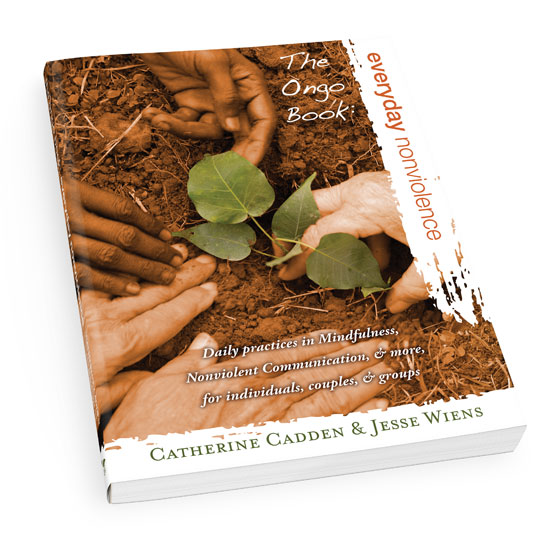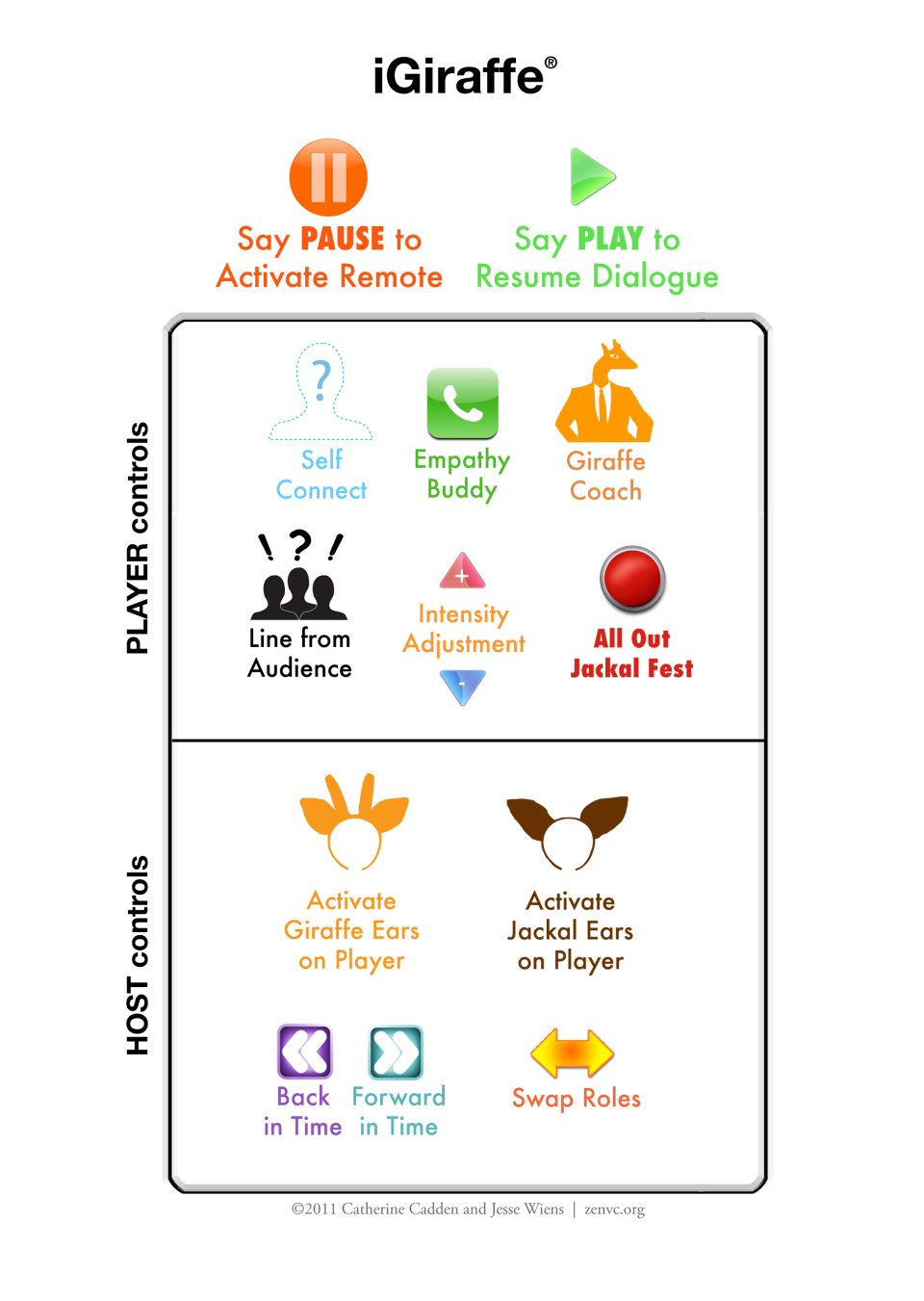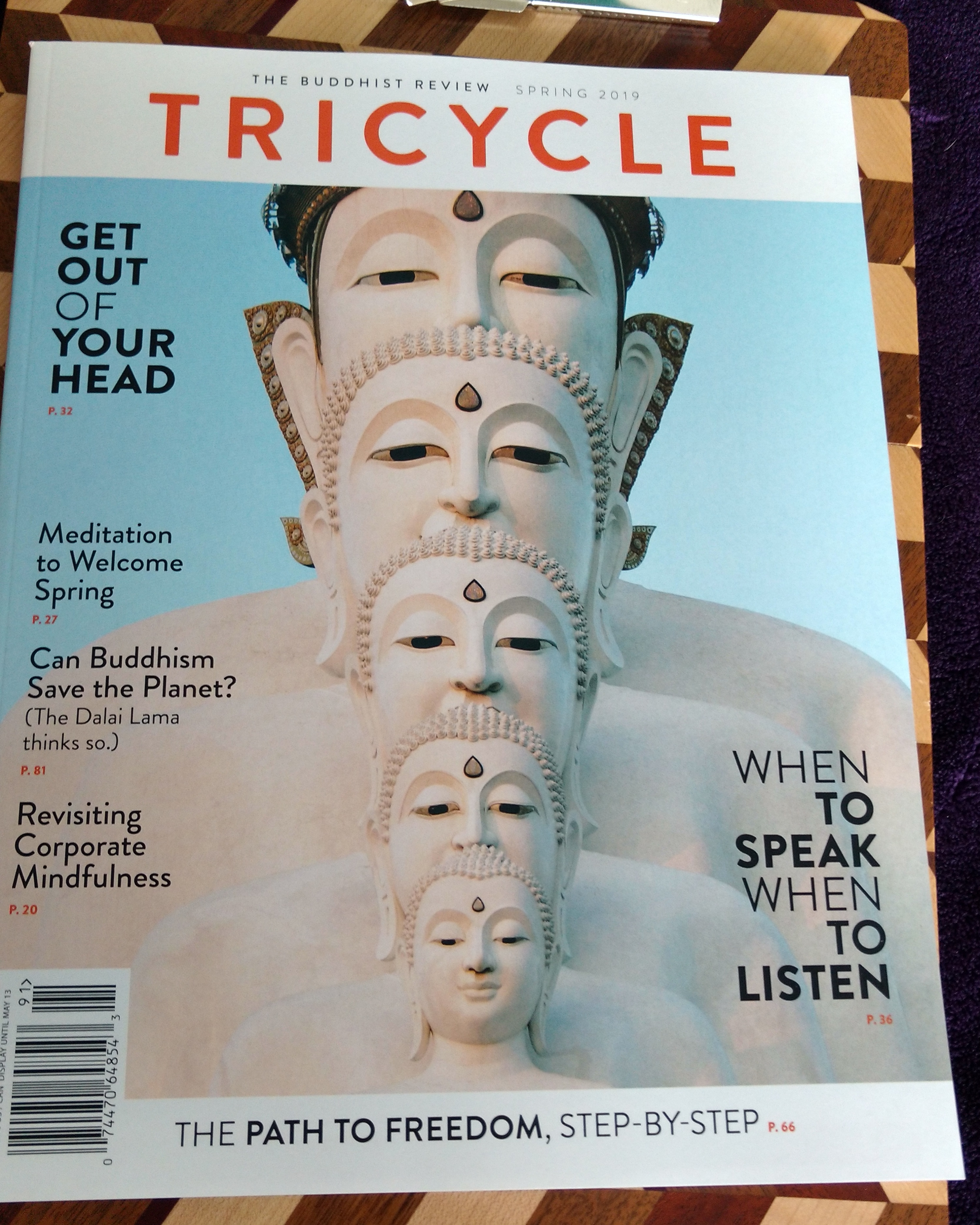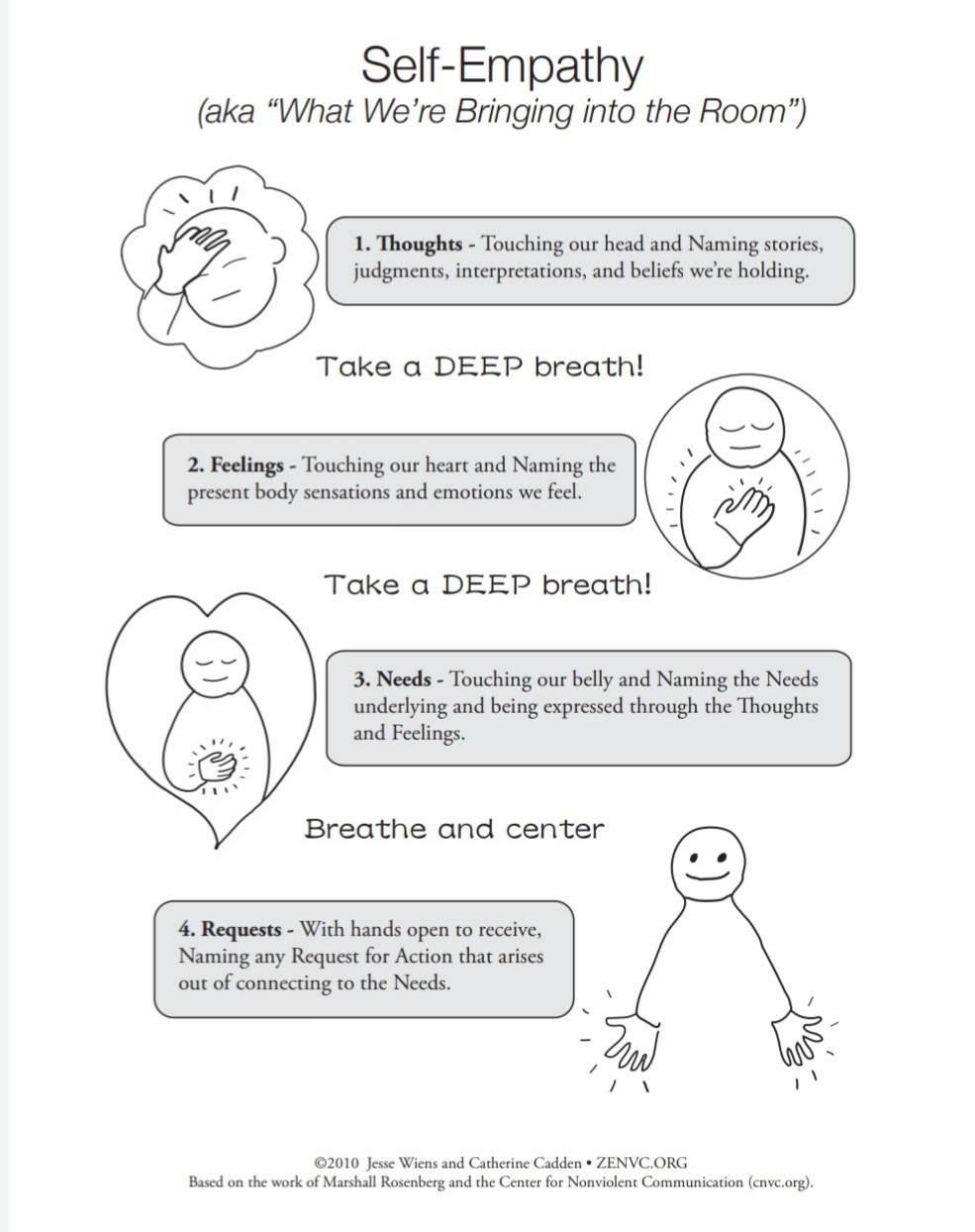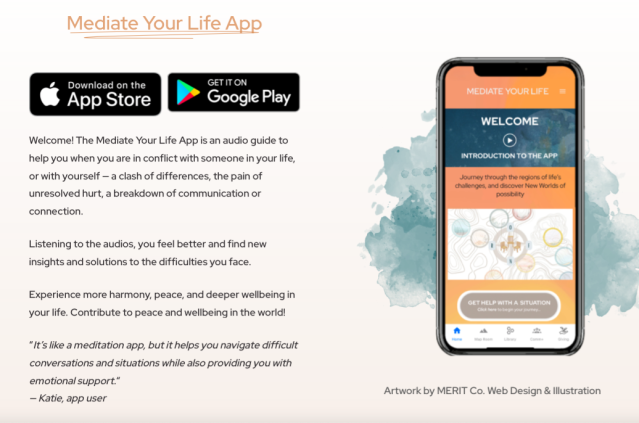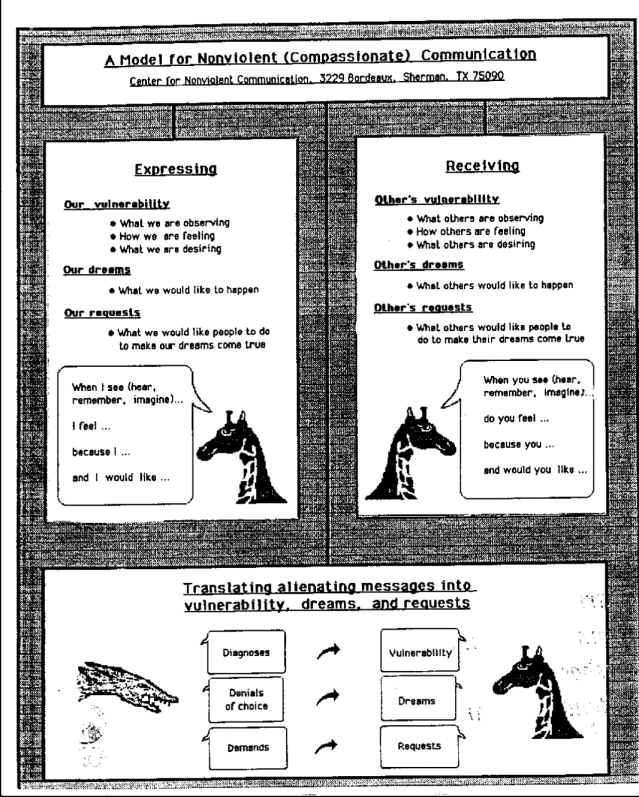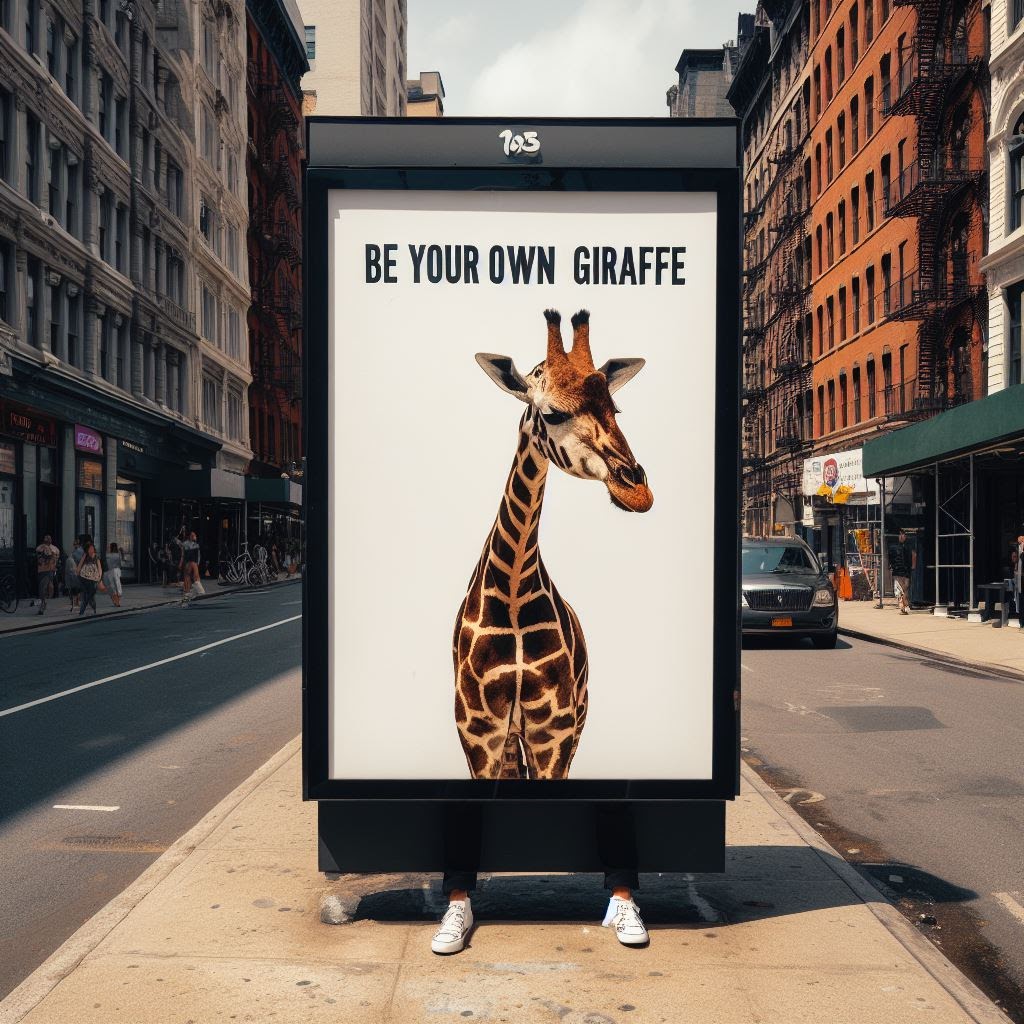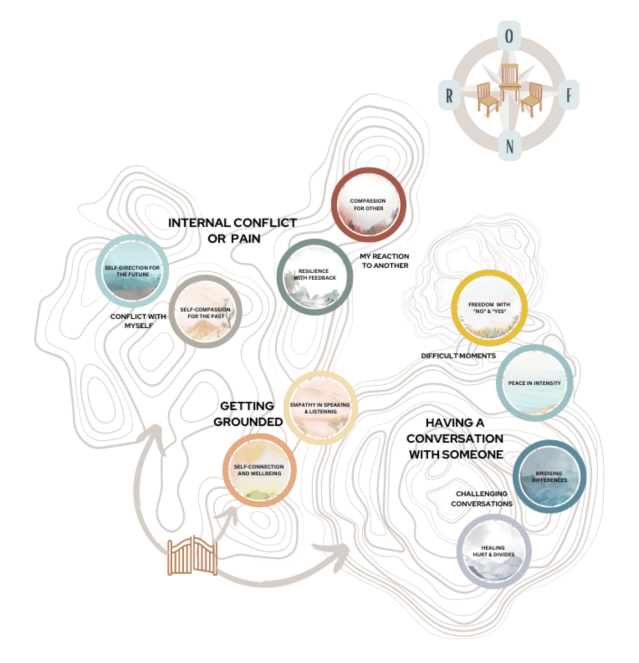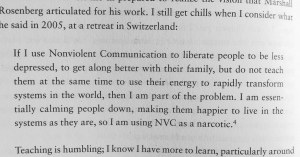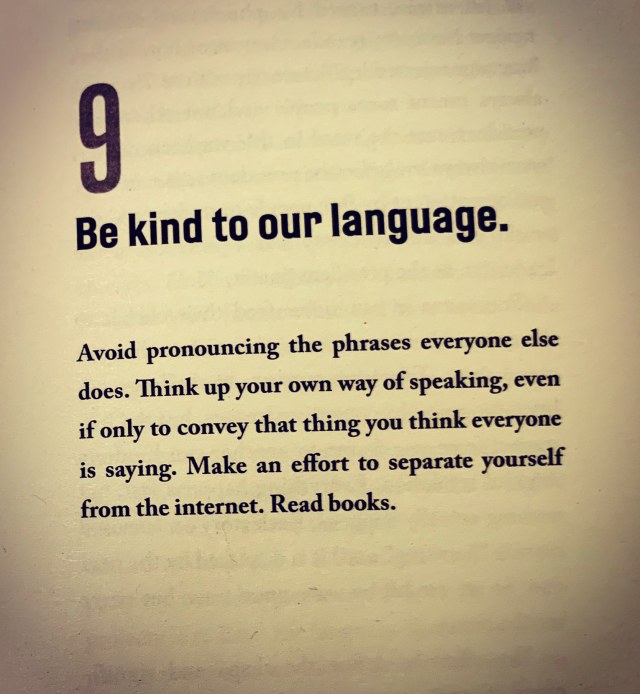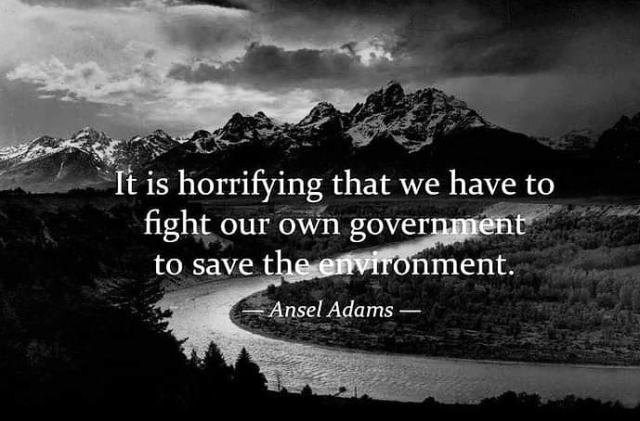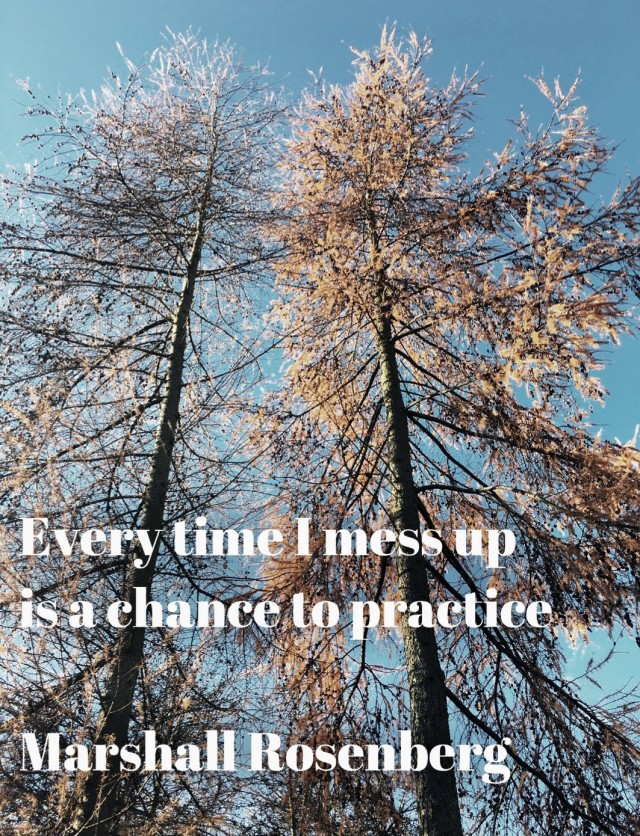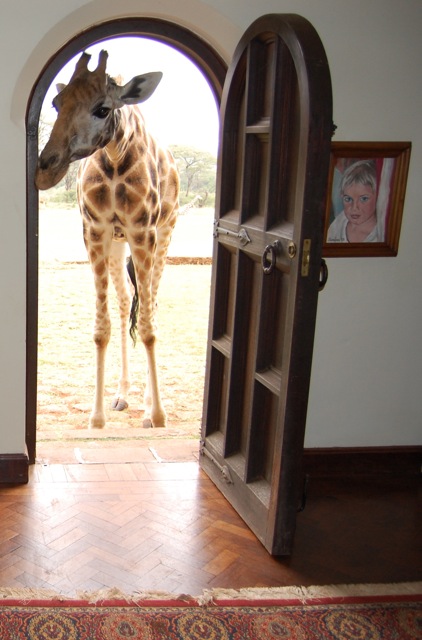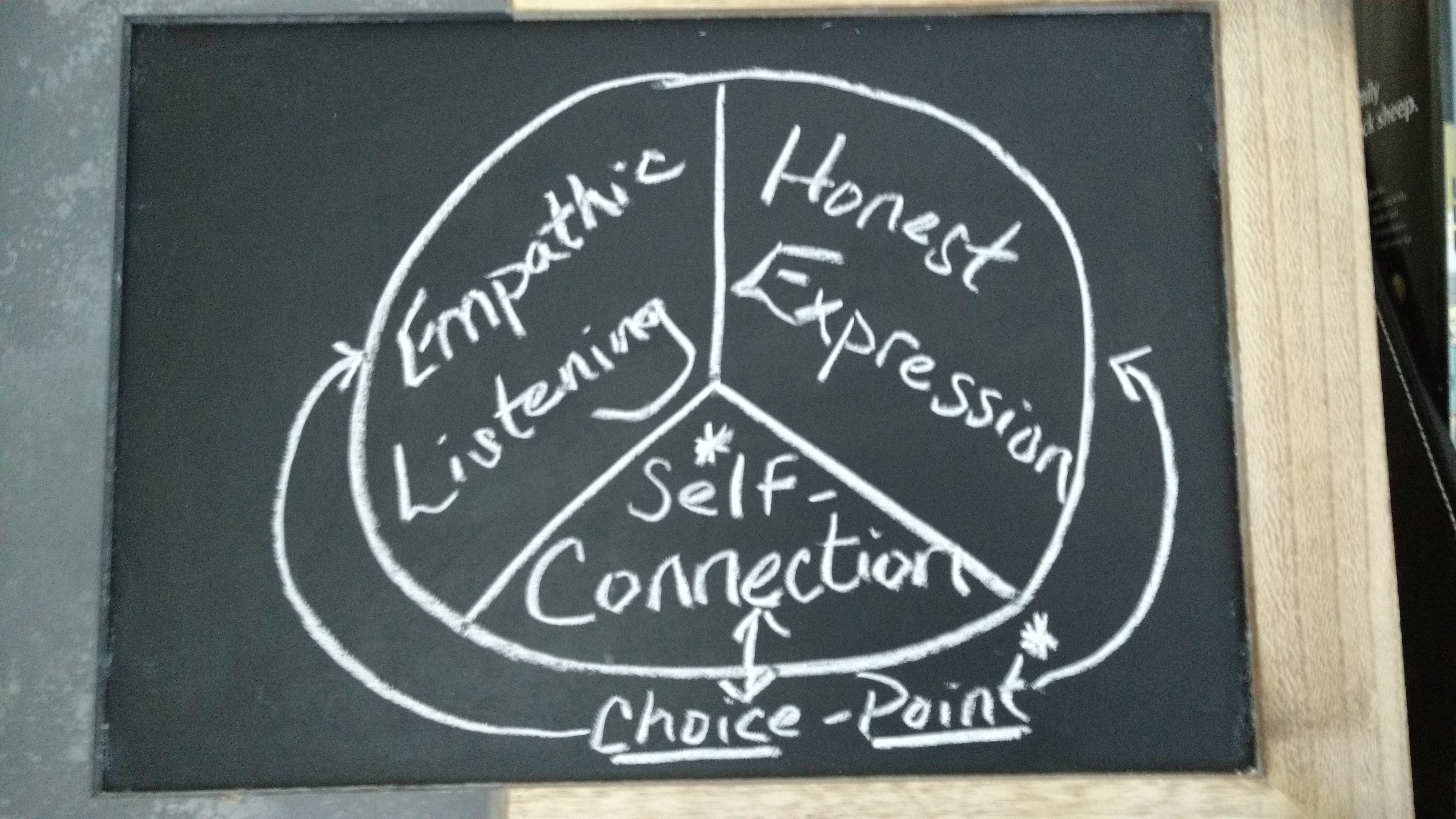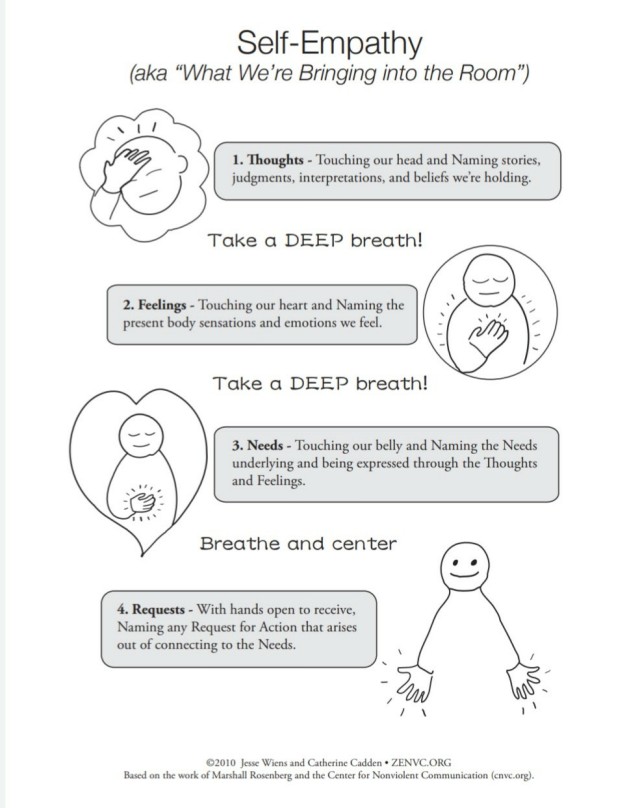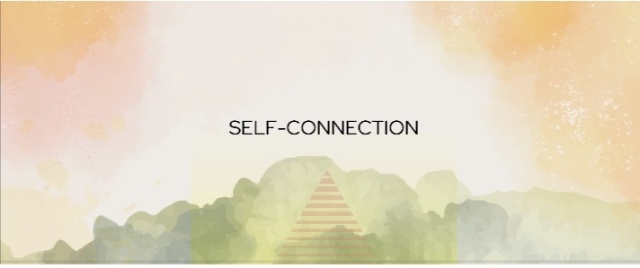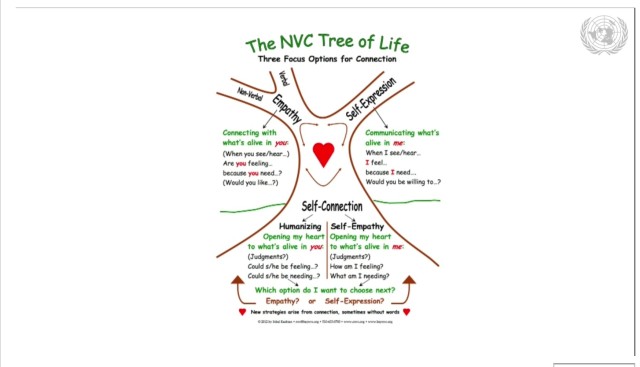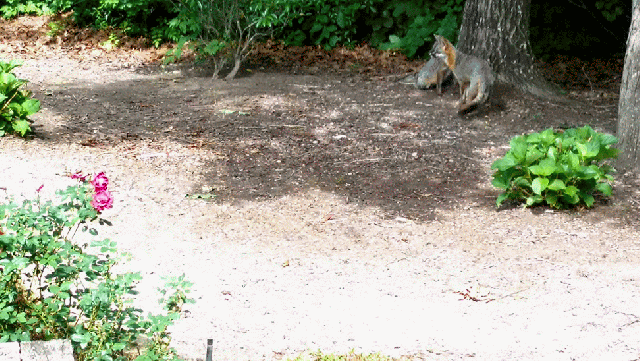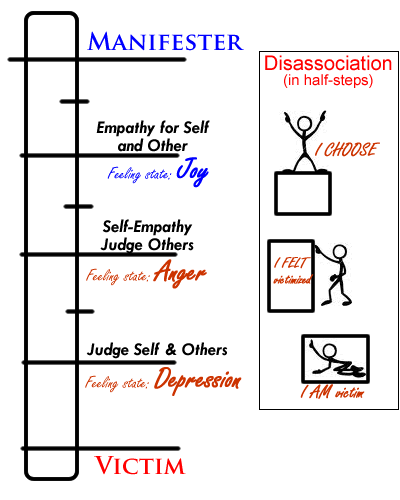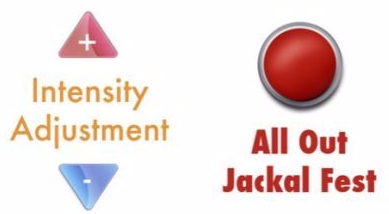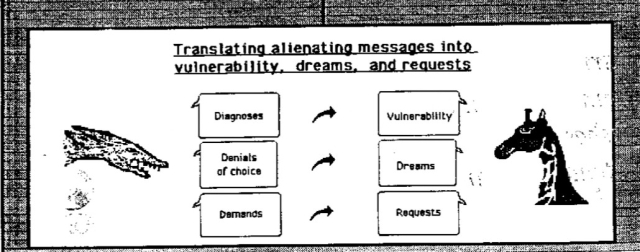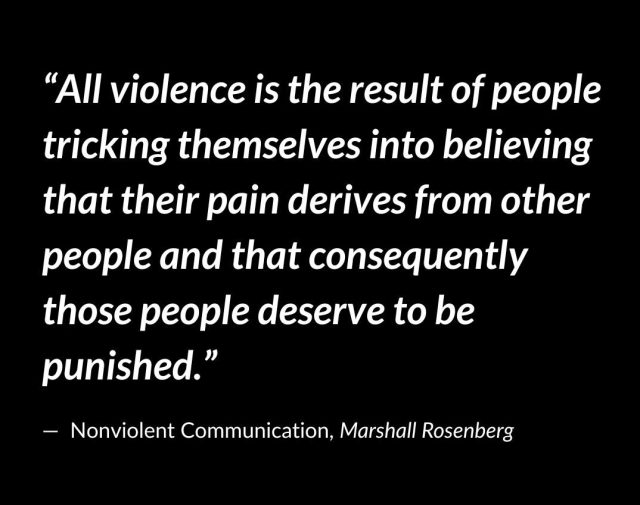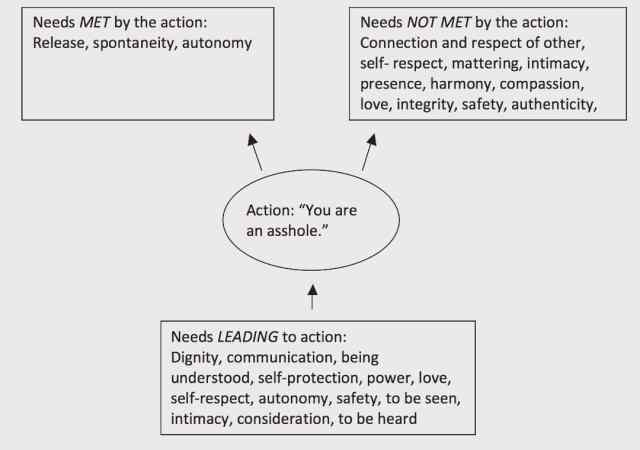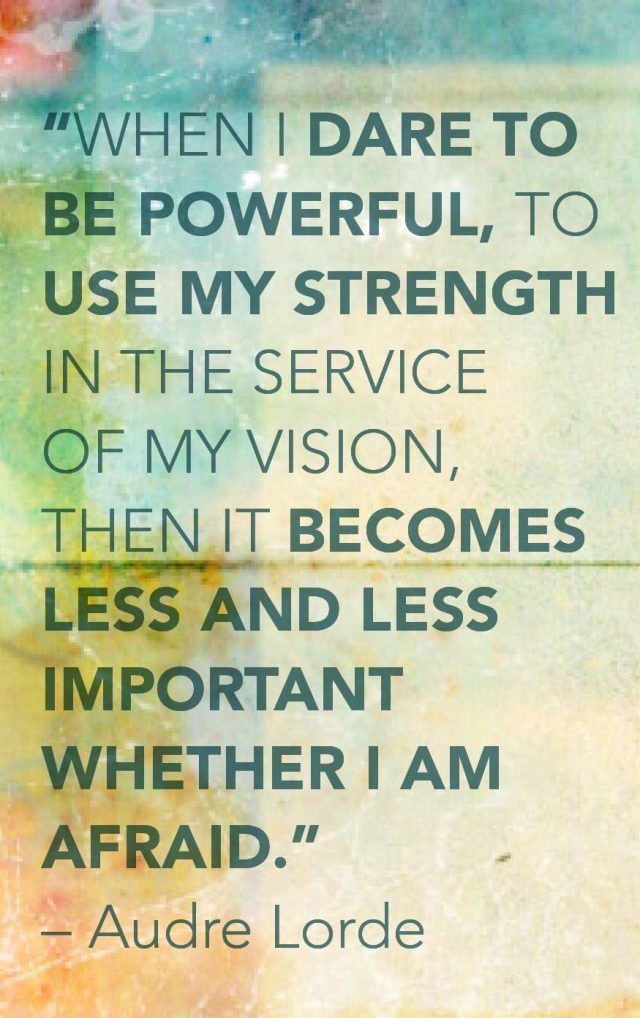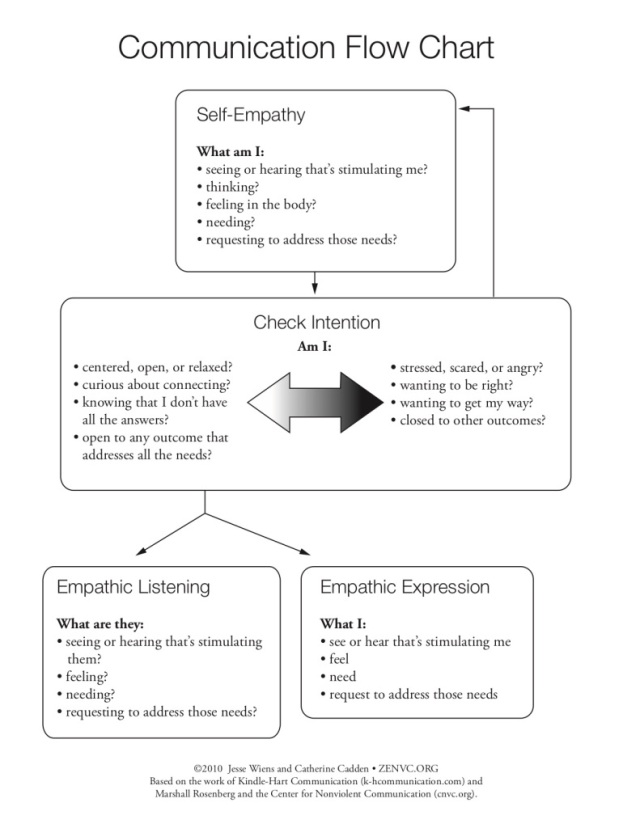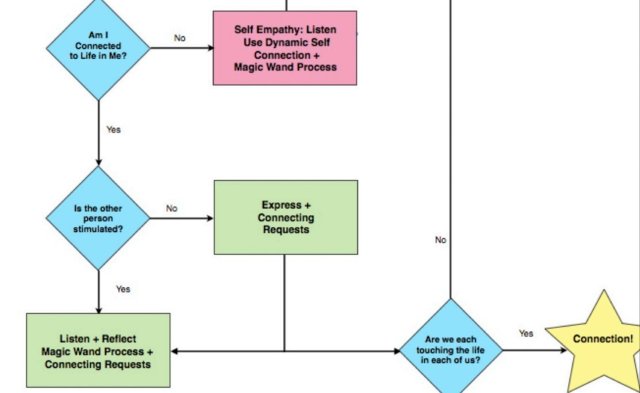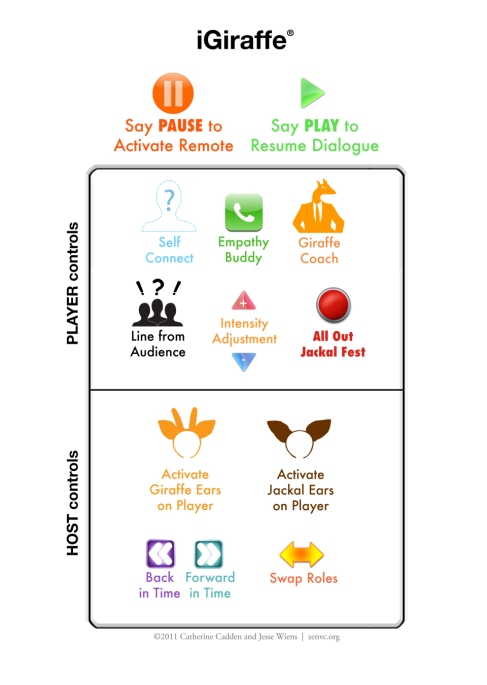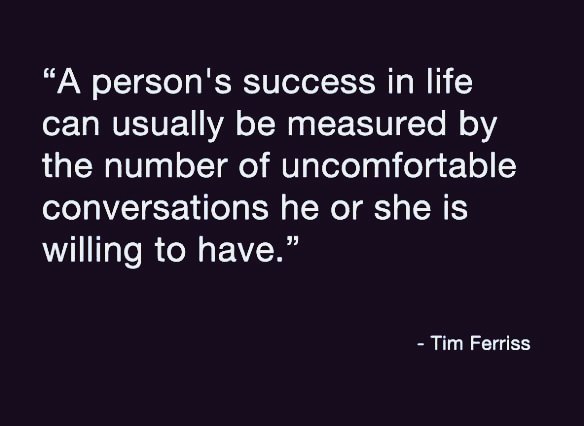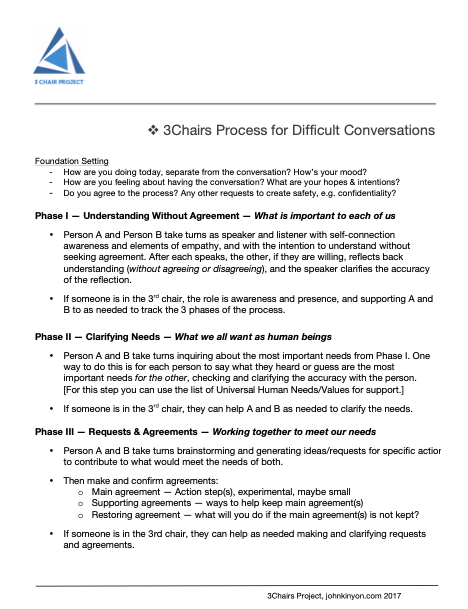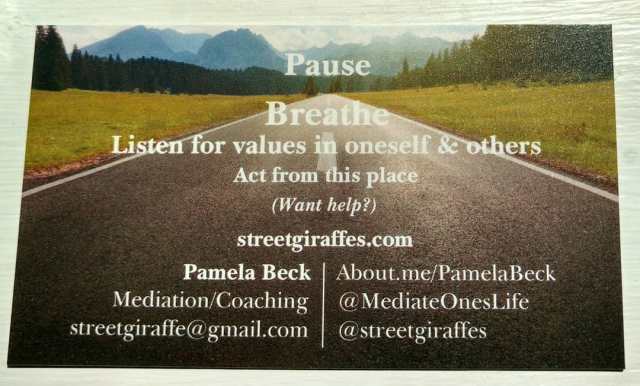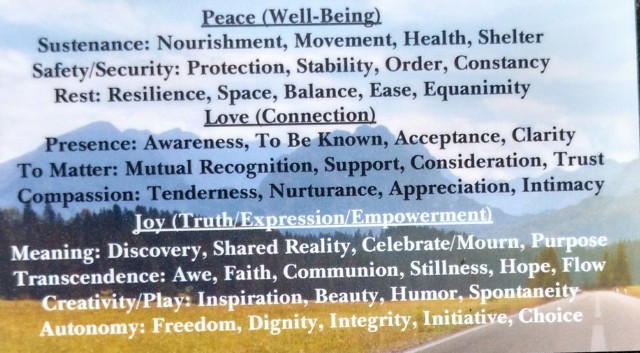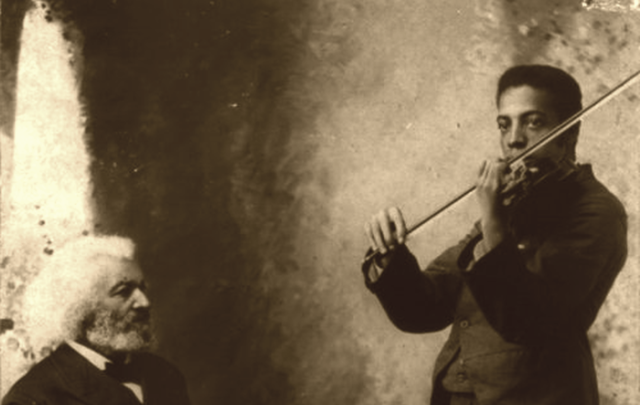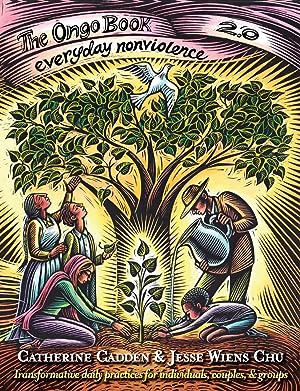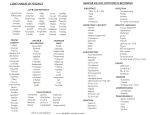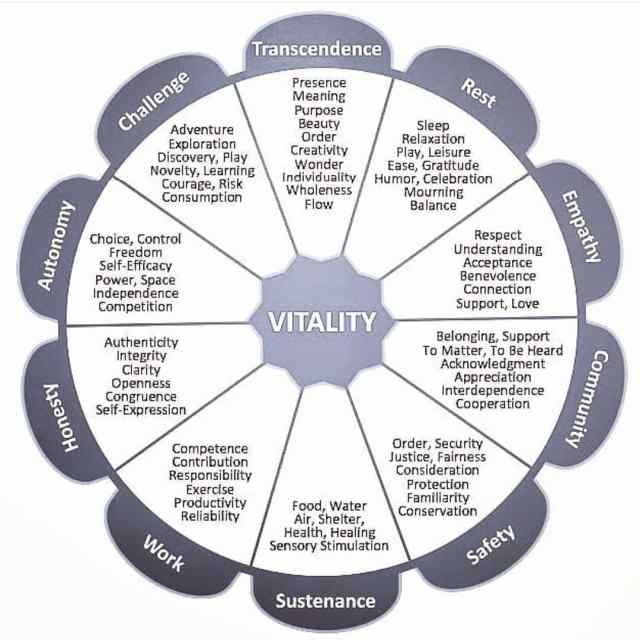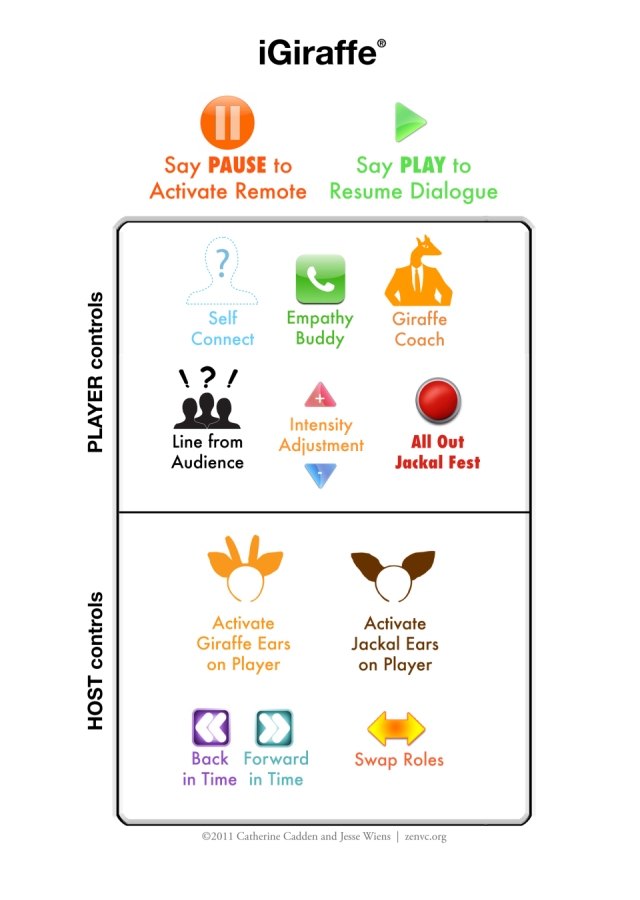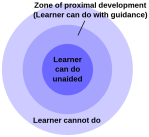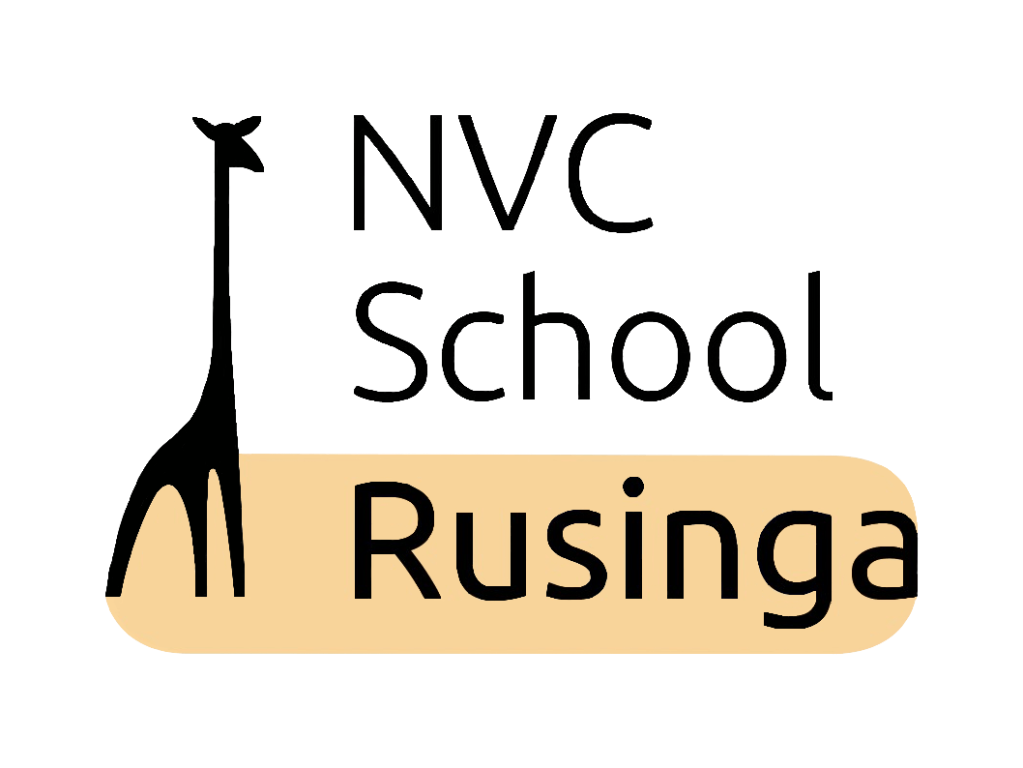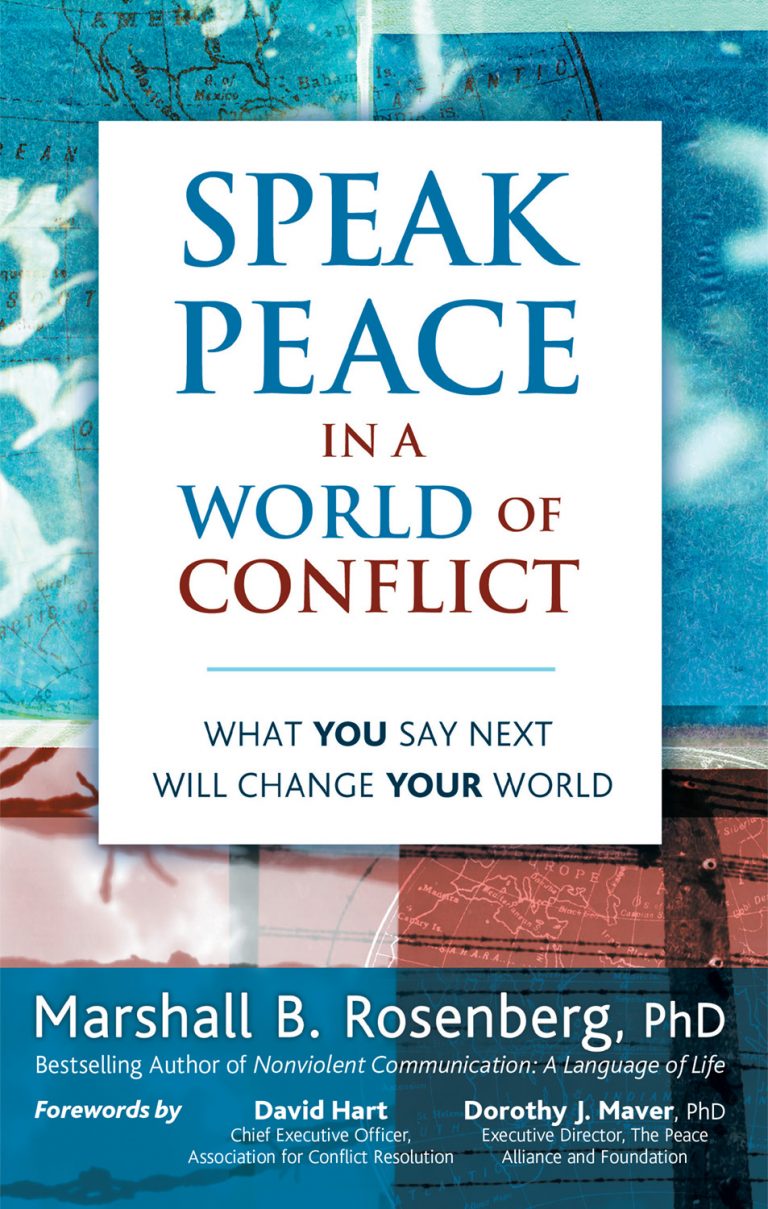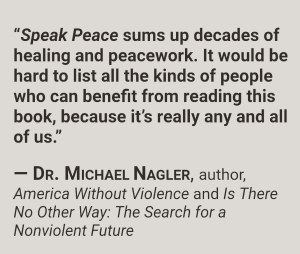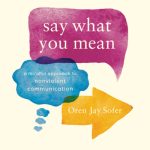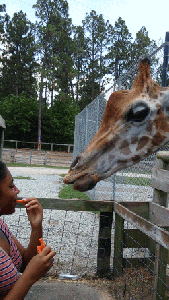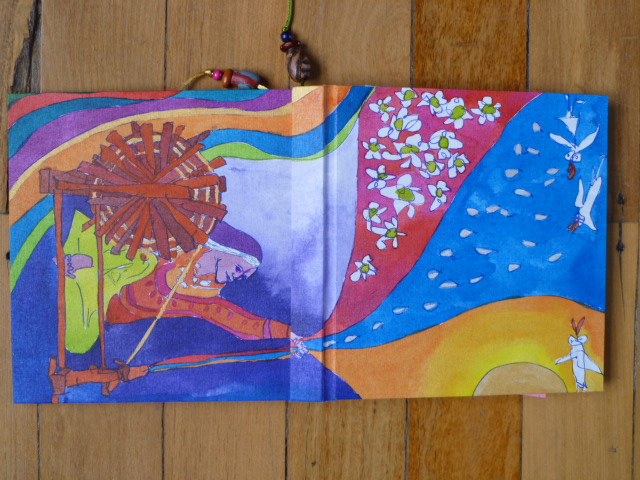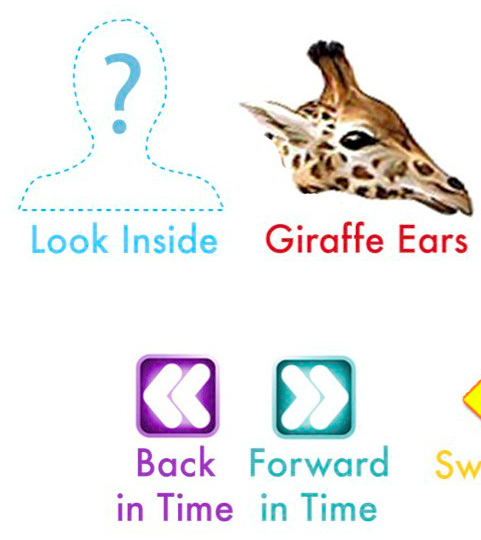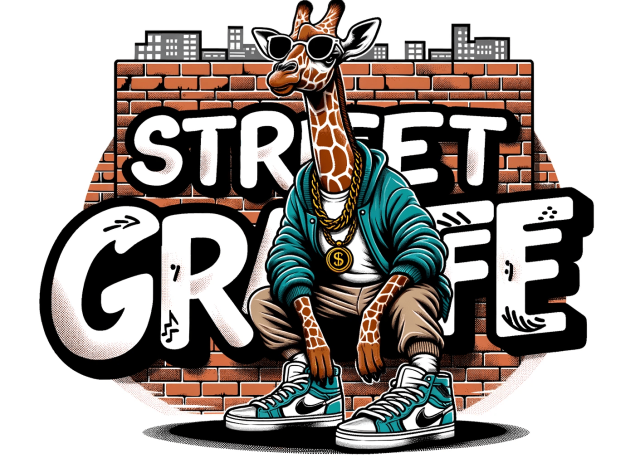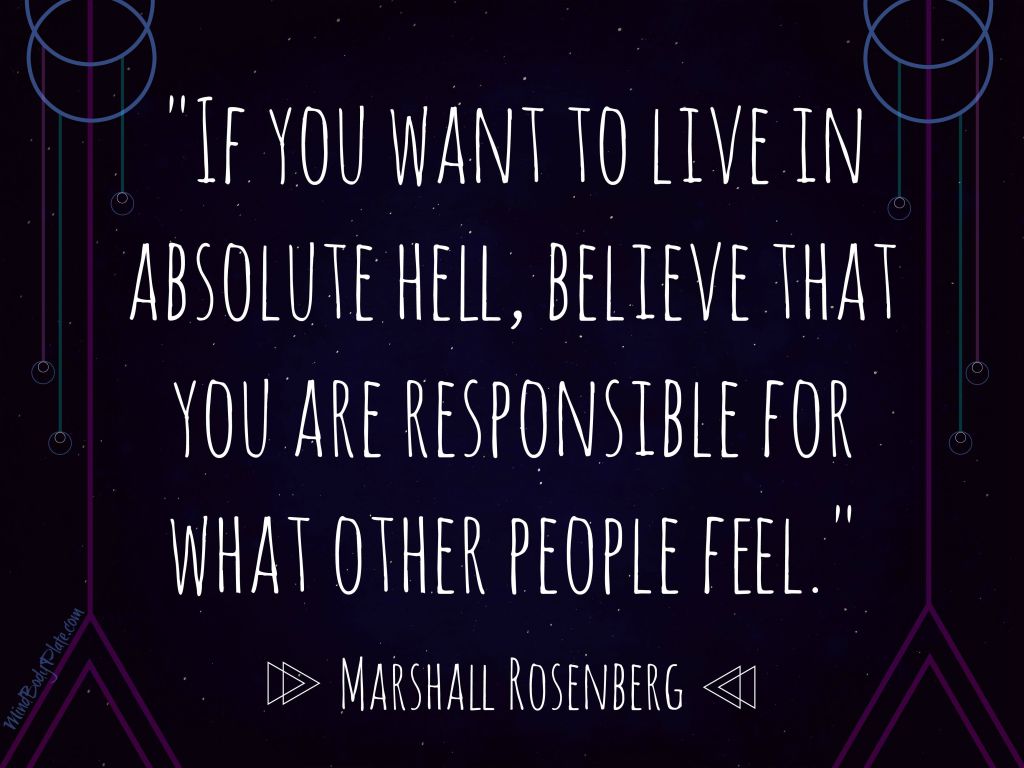“Every time I mess up is a chance to practice.”
~ Marshall Rosenberg

FYI ~ Join call via our
Meeting Wall | Street Giraffes
(password protected)
Please email Pamela at streetgiraffes@gmail.com for additional information.
(See also: campsite.bio/streetgiraffe & linktr.ee/streetgiraffes)
Our Toolbox:

(Minnesota State Capitol Woodworkers Toolbox Historical Society)
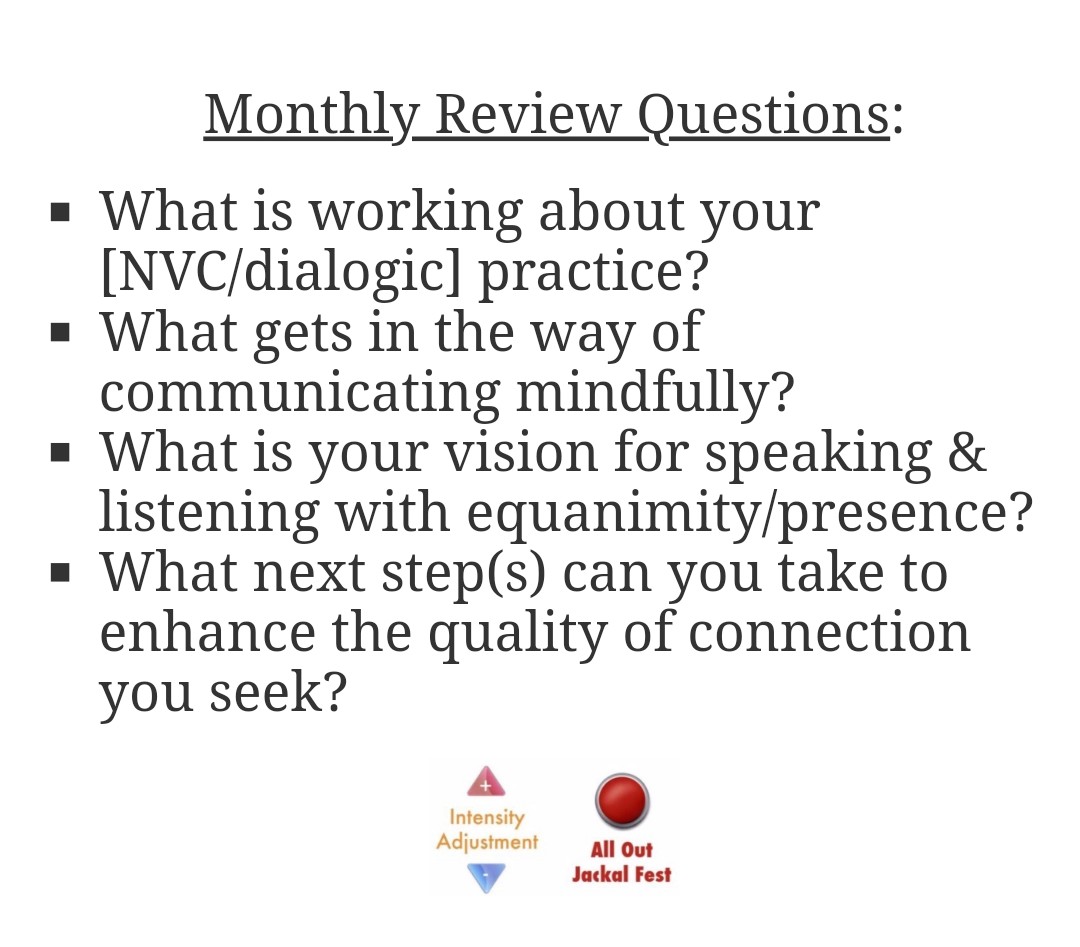
Choice-points can be explored as a self-connection practice (e.g. breath/body/need), throughout the day, by pausing and checking in with oneself as to which universal human need/value is “on top” in this moment.
MediateYourLifeApp.com

The Mediate Your Life app is free and available to everyone who wants it.
MediateYourLifeApp.com/resources
Printable PDFs via mediateyourlife.com/handouts
Additional handouts here

See also (a couple of NVC books that we’ll borrow from):
Oren Jay Sofer: Say What You Mean: A Mindful Approach to Nonviolent Communication

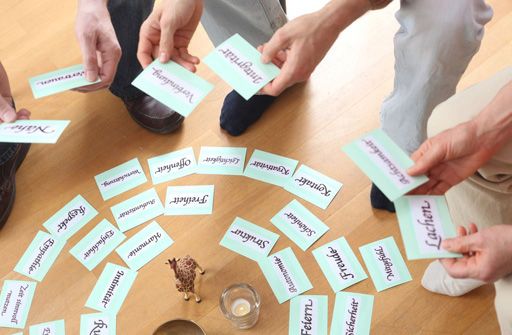
NVC & Universal Human Needs/
On boundaries – Dr. Yvette Erasmus – blog posts
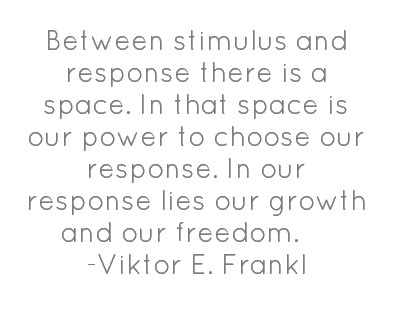 ZENVC‘s “iGiraffe” courtesy of Catherine Cadden & Jesse Wiens
ZENVC‘s “iGiraffe” courtesy of Catherine Cadden & Jesse Wiens

The No Fault Zone


MediateYourLifeApp.com
MediateYourLifeApp.com
Mediate Your Life Conflict Maps

courtesy of johnkinyon.com
Handful of John Kinyon‘s MYL maps:
(Learn MYL maps above via John Kinyon’s 3chairs conversations forums & Mediate Your Life courses)
John Kinyon‘s
Across the Aisle
& Healing & Reconciliation
(both free/weekly/zoom-calls)
linker.ee/john.kinyon
Additional resources can be found here
(scroll down further for more MYL maps)

#NonviolentCommunication is a way of keeping our consciousness tuned in moment by moment to the beauty within ourselves. ~ Marshall Rosenberg
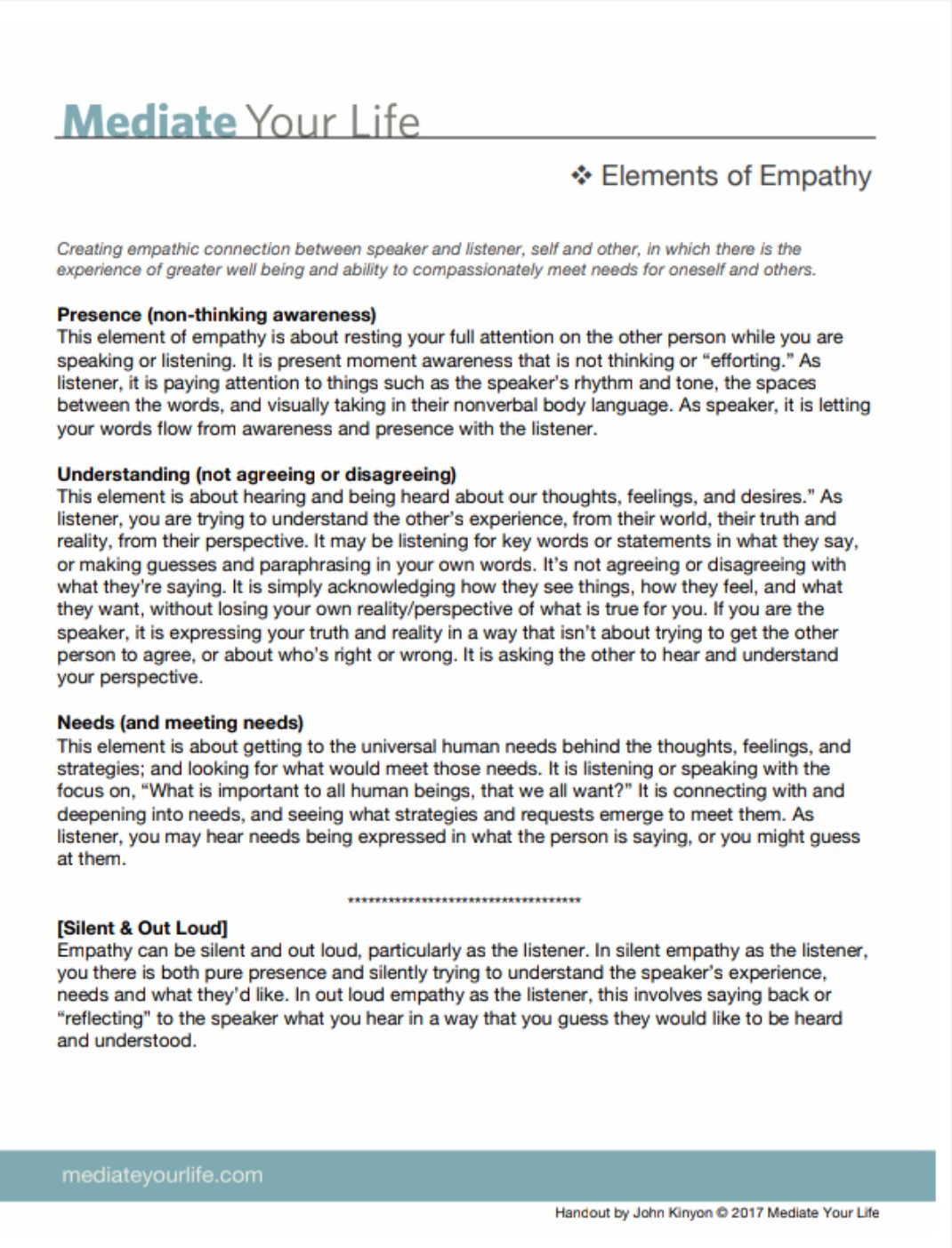
mediateyourlife.com/handouts & NVC-Mediation/@MediateOnesLife

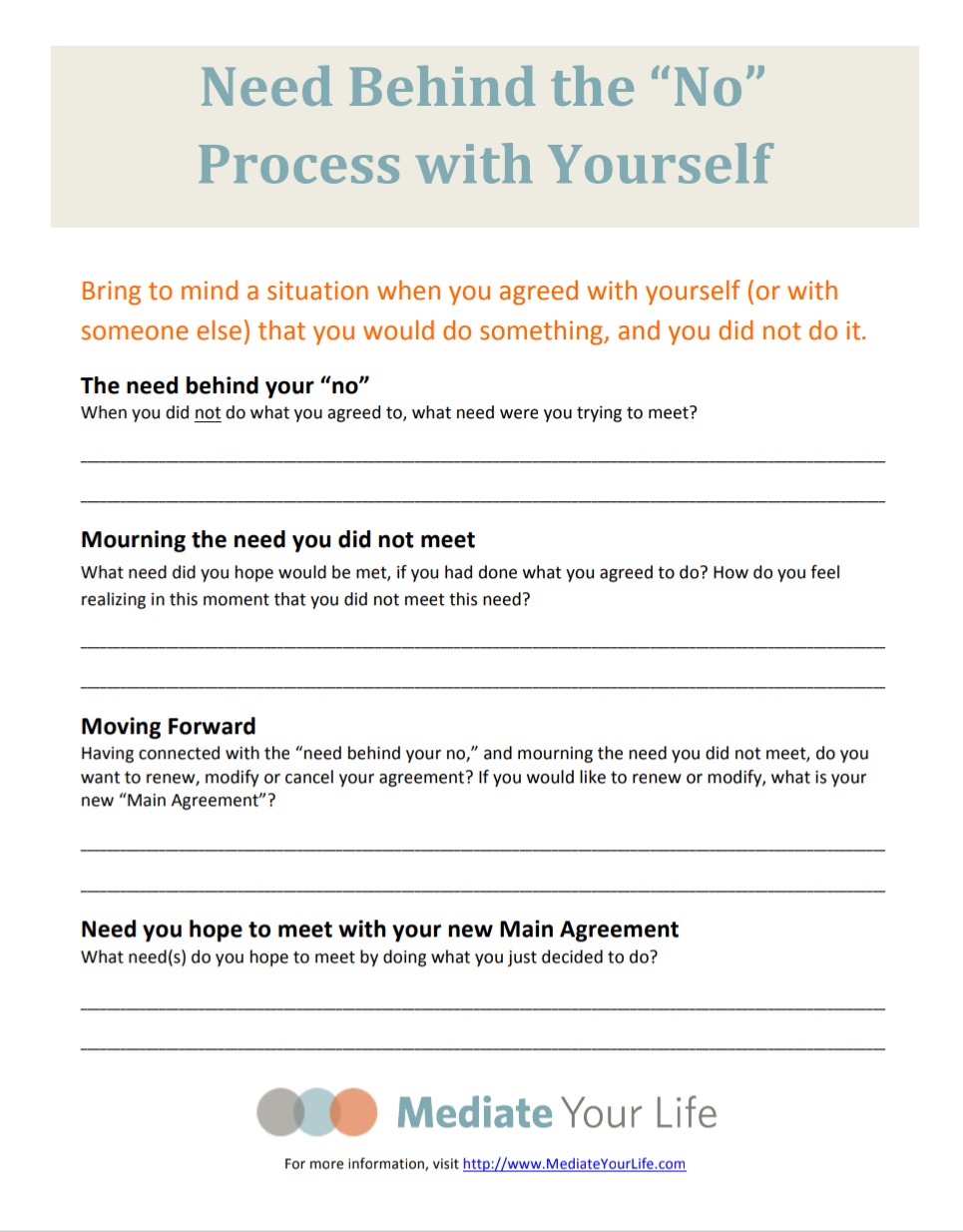
“Never question the beauty of what you are saying because someone reacts with pain, judgment, criticism. It just means they have not heard you.” ~ Marshall Rosenberg


mediateyourlife.com/handouts & enemy-imagery/NVCmediation
NVC requires us to be continually conscious of the beauty within ourselves and other people.
― Marshall Rosenberg

Healing & Reconciliation Process (via mediateyourlife.com/handouts)
Aya Caspi‘s
Healing & Reconciliation Process
&
Yvette Erasmus, PsyD’s
Getting-to-the-Heart-flow-chart
Yvette Erasmus, PsyD – Conversations from the Heart
(free/weekly/zoom-call)
linker.ee/dryvetteerasmus
See additional options here
Oren Jay Sofer‘s
Say What You Mean: A Mindful Approach to Nonviolent Communication.
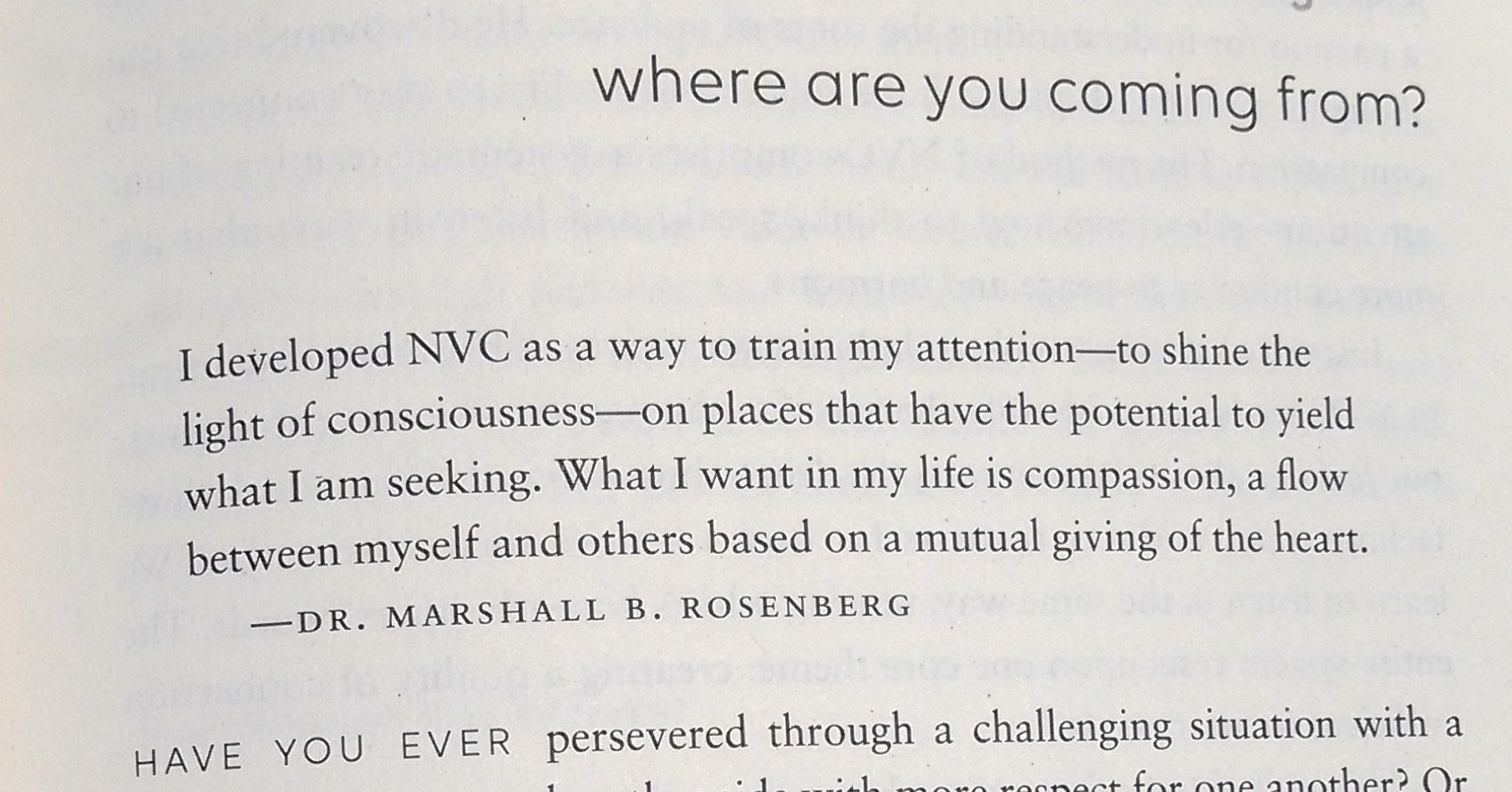
Oren Jay Sofer’s “Say What You Mean: A Mindful Approach to Nonviolent Communication”

Observations, Feelings, Needs & Requests (OFNR)
“You have a choice—using it wisely can spell the difference between misunderstanding and meaningful dialogue.”
Tricycle: A Mindful Communication Practice: When to Speak and When to Listen
When it comes to conversation, the force of our habits and the pressure of social settings can make it exceedingly difficult to maintain awareness. Here, mindfulness practice serves as a basis. We can use the arena of conversation itself as a training ground for presence, using techniques to anchor awareness within the midst of exchange and developing the capacity for relational awareness.
Consciously choosing when to speak and when to listen is essential for meaningful conversation. In some respects, it’s the most basic communication skill. How many times have you said something, only to wish you could take it back moments after the words left your mouth? Or hit “Send” on an email when it might have been better to let things cool off? It’s equally important to have the courage to say our piece. When we don’t speak up, we can feel as if we’ve let ourselves or our loved ones down.
Conversation is a dynamic interplay between each person’s choice to speak or listen. When those choices are conscious and respectful, conversations tend to be more productive and enjoyable. If those choices are unconscious or impulsive, conversations tend to be less productive and more stressful.
Related:. Say It Right
I call this juncture the “choice point” between speaking and listening. With presence, every moment offers a choice. Our ability to maintain presence at the choice point takes practice. Sometimes the moment of choice races by like a road sign while we are doing 75 miles per hour on the freeway. The impulse to speak can be so strong that it impels us to verbalize simply to release the internal pressure. If we tend toward the quieter side, it can feel as if those openings in a conversation disappear before we can muster our voice.
This is where mindfulness comes in. In meditation, we learn how to observe unpleasant sensations (knee pain, a sore back) without immediately reacting. We develop the capacity to be aware of an impulse without acting on it.
The anxiety we feel in conversation is usually rooted in deeper needs to be seen or heard, needs for safety, acceptance, belonging, and so on. The less confident we feel in meeting those needs, the more pressure we will experience to speak up or remain silent. We may fear that if we don’t say something right now we’ll never be able to do so. Or that if we do say something, disaster or disconnection will surely ensue.
Related: A Field Guide to Right Speech
The more ways we find to meet those needs (and to handle them skillfully when they aren’t met), the less pressure we feel to speak or remain silent; we can relax into the flow of a conversation. There’s no danger in speaking our mind and no rush to say it all at once. If it’s important, we’ll find the right time and way to say it.
This capacity builds slowly. As we practice honoring our needs, we learn to trust ourselves. Paying attention to any small successes helps our nervous system settle and reset. With a new baseline of ease, it can stop setting off false alarms that impel us to speak or prevent us from speaking, and our ability to make more conscious choices grows. We can then discern what’s going to be most helpful to move a conversation forward and how to balance all the needs on the table… (continues here)
streetgiraffes.com/choice-points

Additional Choice-Points:
Say What You Mean: A Mindful Approach to Nonviolent Communication
Choose one, or more, of the following tools to experiment with in subtle, unnoticeable ways in daily conversations. Consider yourself a field scientist, studying the effect on your experience of putting your attention in different places:
Chapter 1 & 2:
Sensing the Body, p. 27
Reflection on Presence, p. 27
Orienting, p. 30
Daily practices:
Grounding in the Body, p. 33-34
Beginning/ending the day, p. 35-36
Practice paying attention to choice-points, p. 44
Practice pausing, p. 45
Practice modulating your pace, p. 48
Exploring relational awareness, p. 52
Extra credit: Consider reflecting on a choice-point or two to work with (or any other NVC skill/practice that might have come in handy in a pinch).
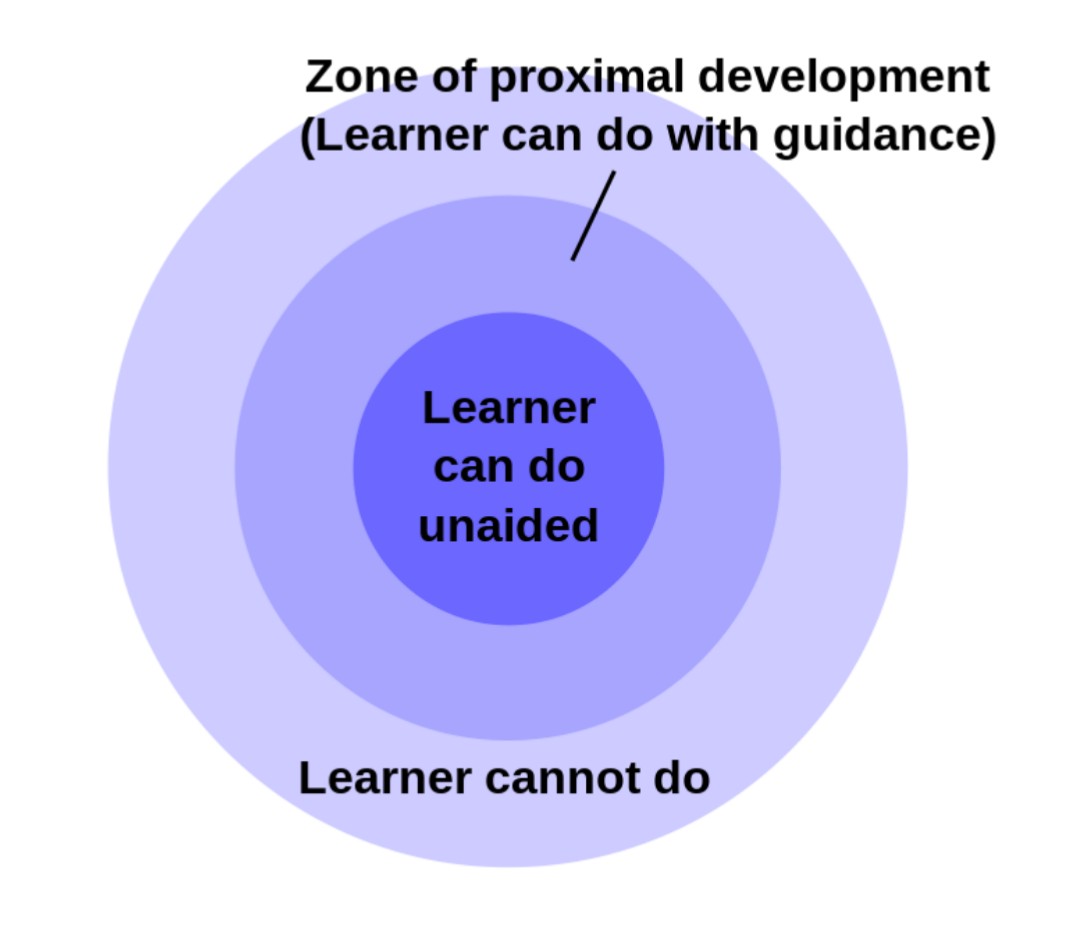
When to Speak and When to Listen – Tricycle: The Buddhist Review
Practice: Choice Points
Excerpt: “To practice, choose someone with whom you feel relatively comfortable. This familiarity makes it easier to learn the tool. During a conversation, notice when you choose to speak. If you find yourself talking without having consciously chosen to do so, try stopping and leaving space for the other person to continue. Notice what it’s like to actively choose to say something rather than doing so automatically. Pay particular attention to any urgency or reluctance to speak or any sensations of internal pressure. Use that pressure as a signal to make a more conscious choice.” (continues here)
More on choice-points here
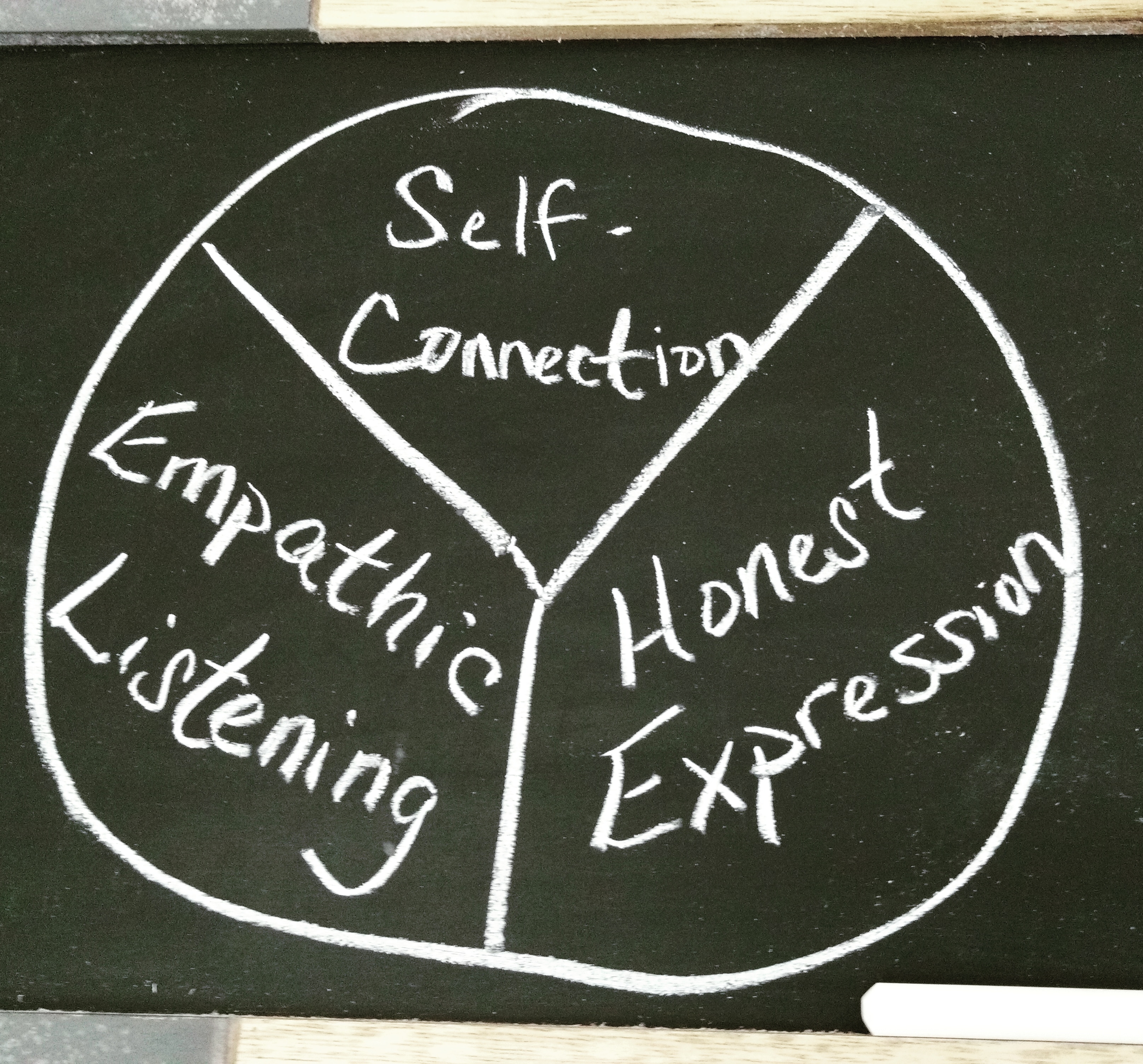
Additional posts via Oren Jay Sofer here.
“Every time I mess up is a chance to practice.”
~ Marshall Rosenberg
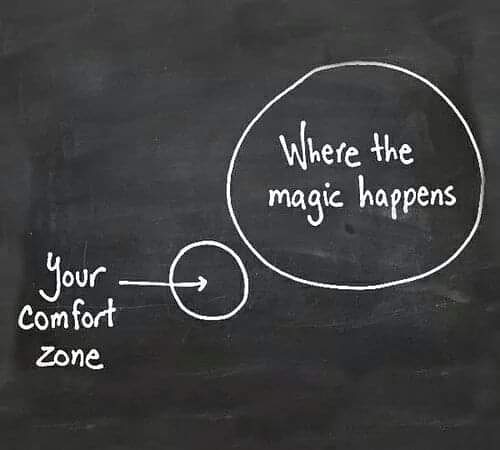
See also: Handy-Handouts
Feelings & Needs

Courtesy of MediateYourLife.com
Universal-Human-Needs
Cache of Inquiries
Naturalizing the Language of NVC (10 pages) via Miki Kashtan’s course on Naturalizing the Language of NVC & Learning Packet
Streetify-NVC
Colloquial-Giraffe
Phrasing-Needs

mediateyourlife.com/handouts
Additional Handy Handouts

ZENVC‘s Ongo Book courtesy of Catherine Cadden & Jesse Wiens
Three Layers of Empathy [PDF]
 ZENVC – Communication-Flow-Chart
ZENVC – Communication-Flow-Chart

Self-Connection in the Midst of Difficulty (Breath, Body, Need – Practice)
Self-Connection Process (SCP)
“Any grieving we don’t do stiffens our hearts and shuts us away from fully engaging with life.” ~ Miki Kashtan, The Little Book of Courageous Living
Mediate-Your-Life (Handouts) – Mourn, Celebrate, Learn (MCL)

Tools for Integrating NVC: Edge/Strength
Listen to a (free) recording of one way to use the Matrix here.
Edge/Strength_(worksheet)
Four Competencies of NVC (Consciousness):
Unskilled, Awakening, Capable & Integrated
Pathways to Liberation ~ Self-Assessment Matrix [PDF]

Pathways to Liberation Assessment Matrix – large.pdf
Strength | Edge
____________________________________
Needs-Consciousness
Recovering from Reactivity
What’s an edge that you would like to build upon?
(Pick a complementary strength that might support you in developing this skill.)
| Presence | Observing | Feelings-Awareness | Needs-Consciousness | Requests | |
| Honest Self-Expression | Empathy | Patience | Recovering from Reactivity | Self-Acceptance |
ZENVC Journal
 Kate Raffin Journals
Kate Raffin Journals
Kate Raffin – On “Flowers, Tears, and Lightbulbs”
Balancing my yearning to grow with acceptance of who I am right now
Flowers, Tears and Lightbulbs
Kate Raffin’s
Giraffe Journal
See also: Kate‘s HeartTalkMatters.com/resources &/or Journaling
Linnaea Marvell’s Magic-Wand [PDF]
Pick a recurring situation in which the same kinds of events stimulate a similar reaction for you.
- Enjoy the jackal show fully so that you can really hear what your jackal is saying. Get as clear as you can about your thinking. Notice it is different from what really happened. Be clear that it is what you made up about what happened. Appreciate the jackal voices as the messenger for something that really matters to you.
- Ask yourself, ‘If I had a magic wand and could have whatever I want in this situation, what would it be?’ Do not concern yourself with believability or how realistic it is. You are not concerned that this might never happen, you want to hear clearly what your jackal wants.
- Ask yourself, “If I got the thing my magic wand would give me, what is the positive thing this would do for me?’ This should be internal (at the needs level).
- Ask yourself, “If I got that, what would it let me do?” you should feel a quickening or perhaps a mourning or tearing up at this stage – a kind of sweet self-compassion and recognition that you have touched something real for you.
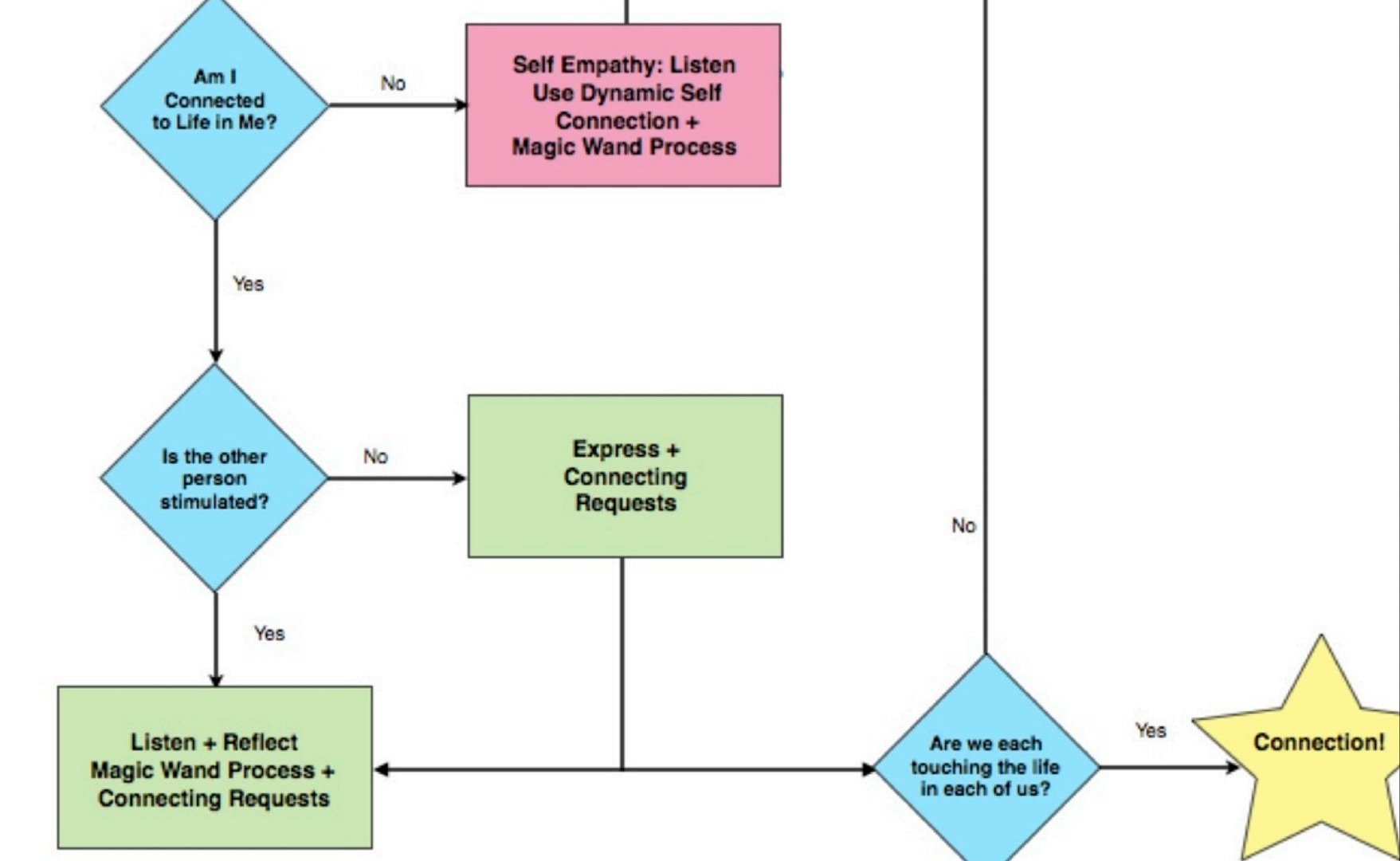
Courtesy of Linnaea Marvell
Linnaea Marvell’s – Dynamics of Connection
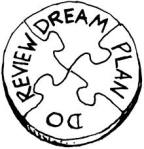
Another enlivening process that is reminiscent of the ‘Magic Wand’ and has the timely title of ‘Dream Cycle’ — pictured beneath — similarly supports by tapping into one’s vision/dream, resiliently stretching in the process (as Chris Johnstone further expounds upon approximately midway through his book Find Your Power):
- Review ~ What’s going on? How am I doing? What are my concerns?
- Dream ~ What would I like to happen (here)?
- Plan ~ What’s my decision? Deepen determination. Research phase. Identify choice points. How can I take steps to move that way?
- Do ~ Take the steps.
- Review ~ What’s the pattern? How do I feel about it? What’s my response? What happens when I do this? Any changes? Back to top.
Cache of Inquiries
 Question Mark Cloud
Question Mark Cloud
Courtesy of Micky Aldridge from Finland
(via Wikimedia Commons)
(Resources above may be utilized during the course of the tele-practice group.)







